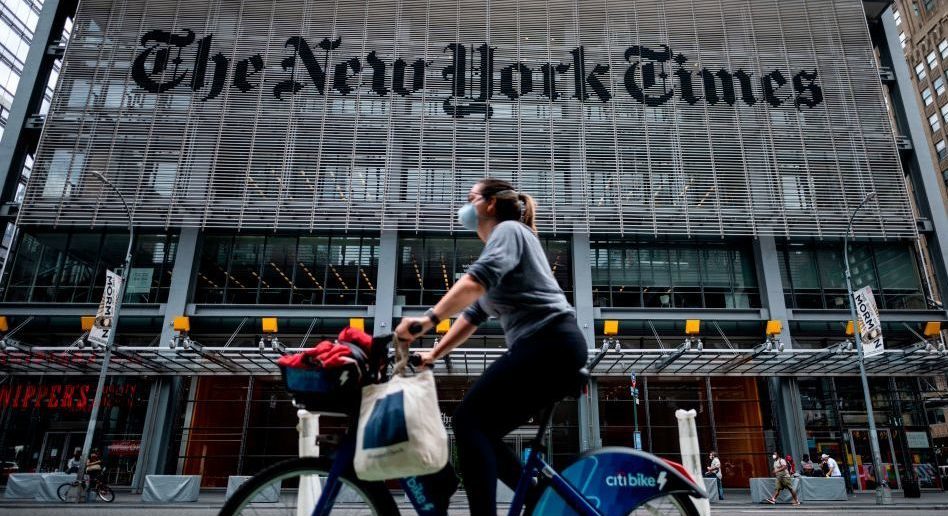The New York Times has continued its enthusiastic China cheerleading in a long article celebrating the authoritarian, but apparently effective, methods employed by Chinese leader Xi Jinping to contain the coronavirus across China’s vast territories. The article is interesting, detailed, informative — and strikingly uncritical. The authors breathlessly recount:
There’s no reason to suppose that any of the feats of mobilisation reported in the article are factually untrue. But one wonders whether the house journal for America’s still notionally-liberal East Coast Brahmin class might have made more of the brute coercive power required to effect such mobilisation, than one passing reference to officials tying a man to a tree for sneaking out to buy cigarettes.
Likewise, one might wonder whether in celebrating China’s effective redirection of national manufacturing resources to critical Covid-era infrastructure requirements, the authors could have spared a sentence to note the decades of financialisation and globalisation, under Democrat and Republican administrations alike, that have hollowed out America’s industrial capacity.
The authors seem impressed by the “sense of patriotism, duty and self-sacrifice” that the Chinese government is able to call upon, to drum up popular enthusiasm for Covid mitigation measures. In that celebration, they might have reflected briefly on the New York Times’ attitude to American expressions patriotism, duty and self-sacrifice.
This isn’t the first outing for The New York Times’ emerging post-Trump line in China hagiography. Early in January, for example, the publication’s China correspondent Li Yuan contrasted Western freedoms against an emerging Chinese conception of “freedom” that is short on the political sort — extremely so if you are a member of the Uighur minority — but longer on freedom from disease, recession or restrictions on everyday life. Did we really value those political freedoms so much, when they don’t seem to come with safety or growth?
But perhaps what we’re seeing here is just evolution. As New York magazine notes, the Grey Lady is increasingly torn between its historic legacy as “the paper of record”, and a growing consensus among younger staff and an increasingly politicised readership alike that objectivity both smells and no longer sells.
Taken together, these indications suggest that a new New York Times is pupating inside the old, and will soon burst forth (perhaps from its chest). On these early signs, we can expect the reborn Grey Lady to embrace a coyly but firmly post-democratic politics, alongside a menu of social-activist principles whose exigencies will serve to justify (or at least do nothing to undermine) the implementation of that politics.











Join the discussion
Join like minded readers that support our journalism by becoming a paid subscriber
To join the discussion in the comments, become a paid subscriber.
Join like minded readers that support our journalism, read unlimited articles and enjoy other subscriber-only benefits.
Subscribe